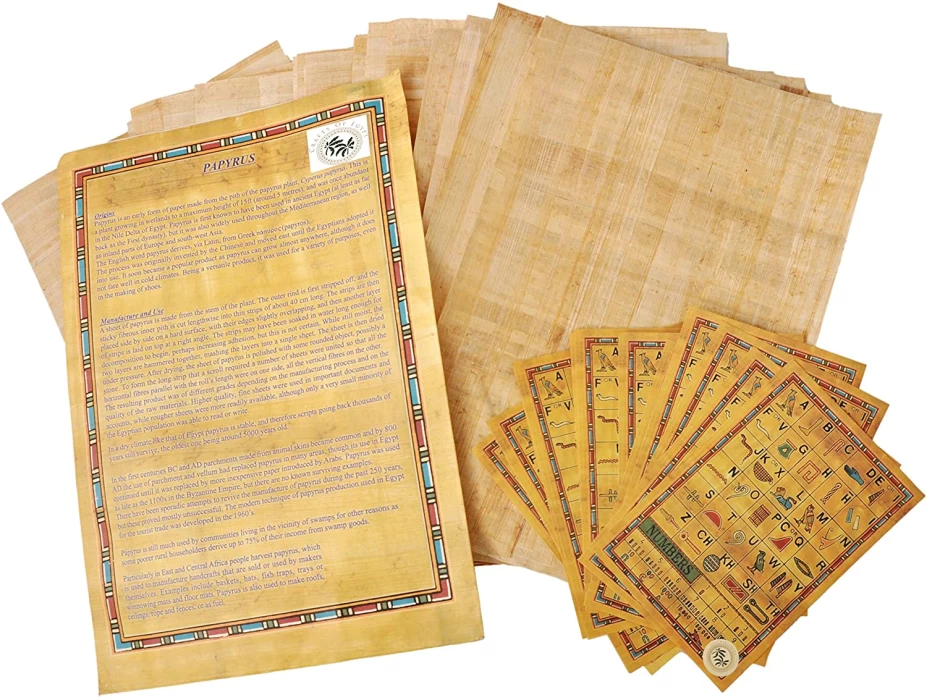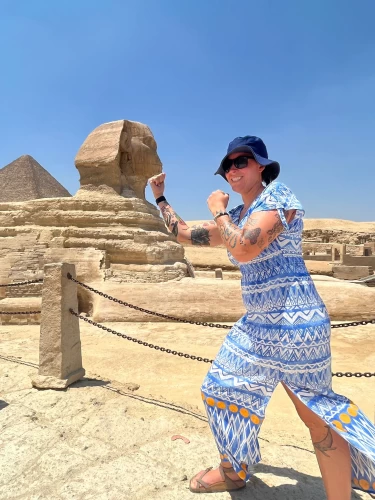
Papyrus Manufacturing Tour
Papyrus Manufacturing Tour
Our ancient ancestors knew and excelled in making paper, and the paper of the ancients was from the papyrus that they planted, and they devised ways to cut, dry and glue it to obtain sheets that can be written on. They wrote down the sciences, arts, and all the secrets of civilization, which were papyri that history talks about, and the world stands in front of them with respect and reverence.
The term papyrus denotes the writing scrolls that were invented by the ancient Egyptian civilization and that of the specific plant the scrolls were made out of.Papyrus was widespread in ancient Egypt, and it grew on the banks of rivers and swampy areas because it consumes large amounts of water, and the scientific name of the papyrus plant is Cyperu papyrus.
The ancient Egyptian called it Wadj, a plant with a thick triangular stem about 5-8 centimeters in diameter and a wide flower, or umbrella, about 4 meters (or 13 feet) high, and the tough green shell of the papyrus stem contains the white pulp from which the papyrus leaf is made.
Stages of papyrus papermaking in ancient Egypt
Collect the plants while the stems are still green, then cut the stem. Removing the outer skin of the plant to access the pulp and cutting the pulp into thin, even slices. Form the individual panels by placing the wet slices side by side, first in one vertical layer, then in a second horizontal layer.
Pressing and drying in the sun to reach the final shape. The papyrus leaves were then made into rolls. A common size is twenty leaves per roll, and this was done by overlapping the edges of the leaf by 1-2 cm and gluing them to produce blank rolls.
The oldest papyrus scroll dating back to around 2900 BC was found in a tomb in Saqqara, and papyrus continued to be used until the 11th century AD, when paper, which was invented in China, became the most common writing material around the world. Texts on papyrus were written in hieroglyphics, hieratic or demotic script, and later papyrus was used in Greek, Coptic, Latin, Aramaic and Arabic documents.
















